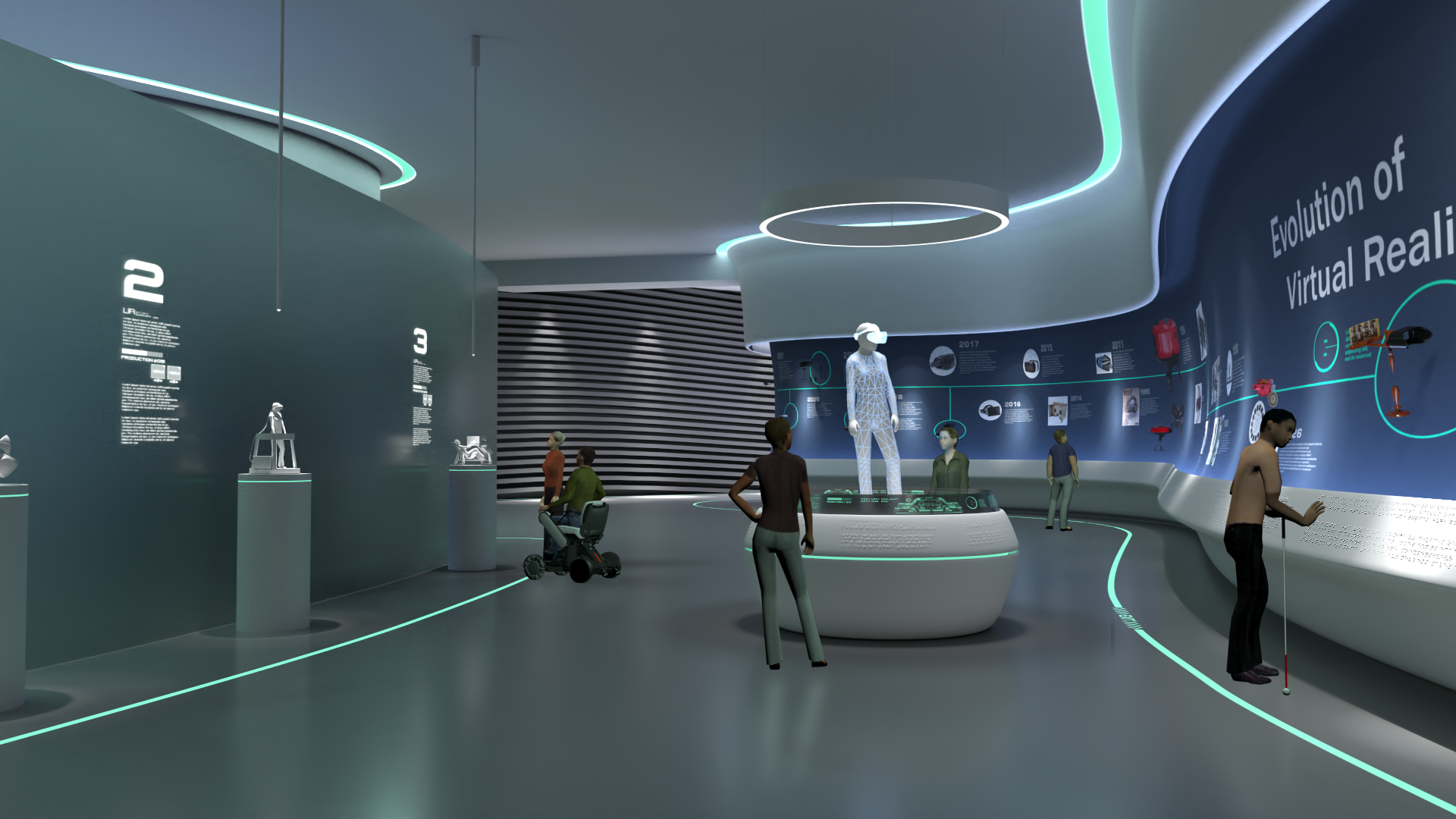
Brain-Computer Interface Applications for Speech


Description
Conditions such as brainstem strokes or amyotrophic lateral sclerosis (ALS) can result in damage or deterioration of motor pathways necessary for speech, not necessarily affecting brain structures which are necessary for language or cognition. This literature review discusses Brain Computer Interaction which can help individuals suffering with ALS and LIS to communicate. Locked in syndrome (LIS), is a condition which renders individuals unable to initiate communication, they are limited to answering yes/no questions via eye blinks or other very basic movements. Brain-computer interfaces (BCIs) have been increasingly investigated as augmentative and alternative communication (AAC) devices for people with locked-in syndrome (LIS), a condition in which individuals cannot initiate communication and can only express themselves by answering yes/no questions with eye blinks or other rudimentary movements. Studies of the neuroanatomical and neurophysiological underpinnings of speech production using intracranial electrocorticographic (ECoG) recordings have shown that it is possible to decode speech and reconstruct its acoustics from ECoG if cortical areas are recorded with sufficiently dense and comprehensive electrode arrays. To construct natural-sounding audio waveforms for speech BCIs, state-of-the-art vocoders are used. However, there are still challenges ahead in directly synthesizing speech for patients with LIS.
For More Information Contact
Bibliography
Luo, S., Rabbani, Q. & Crone, N.E. Brain-Computer Interface: Applications to Speech Decoding and Synthesis to Augment Communication. Neurotherapeutics 19, 263–273 (2022). https://doi.org/10.1007/s13311-022-01190-2